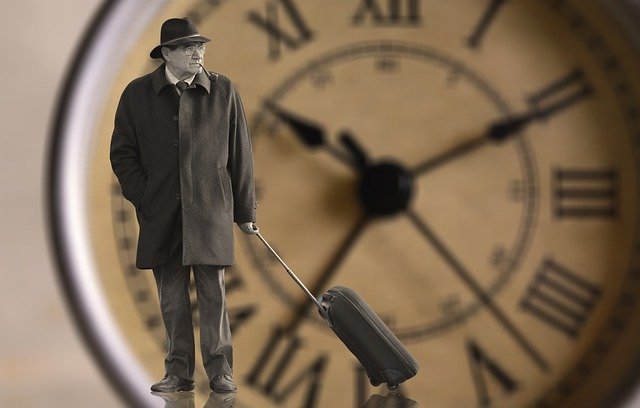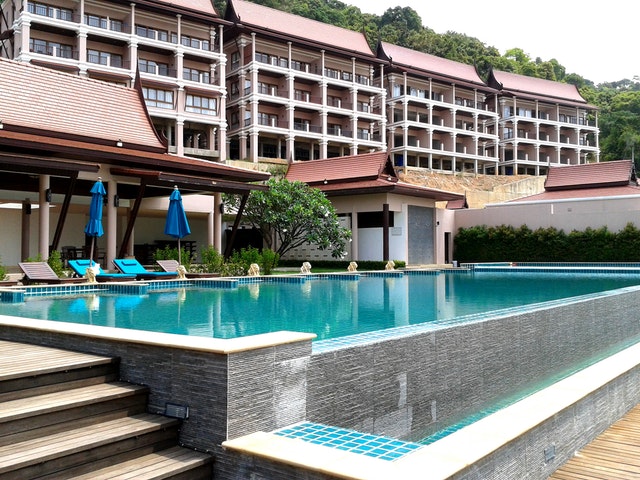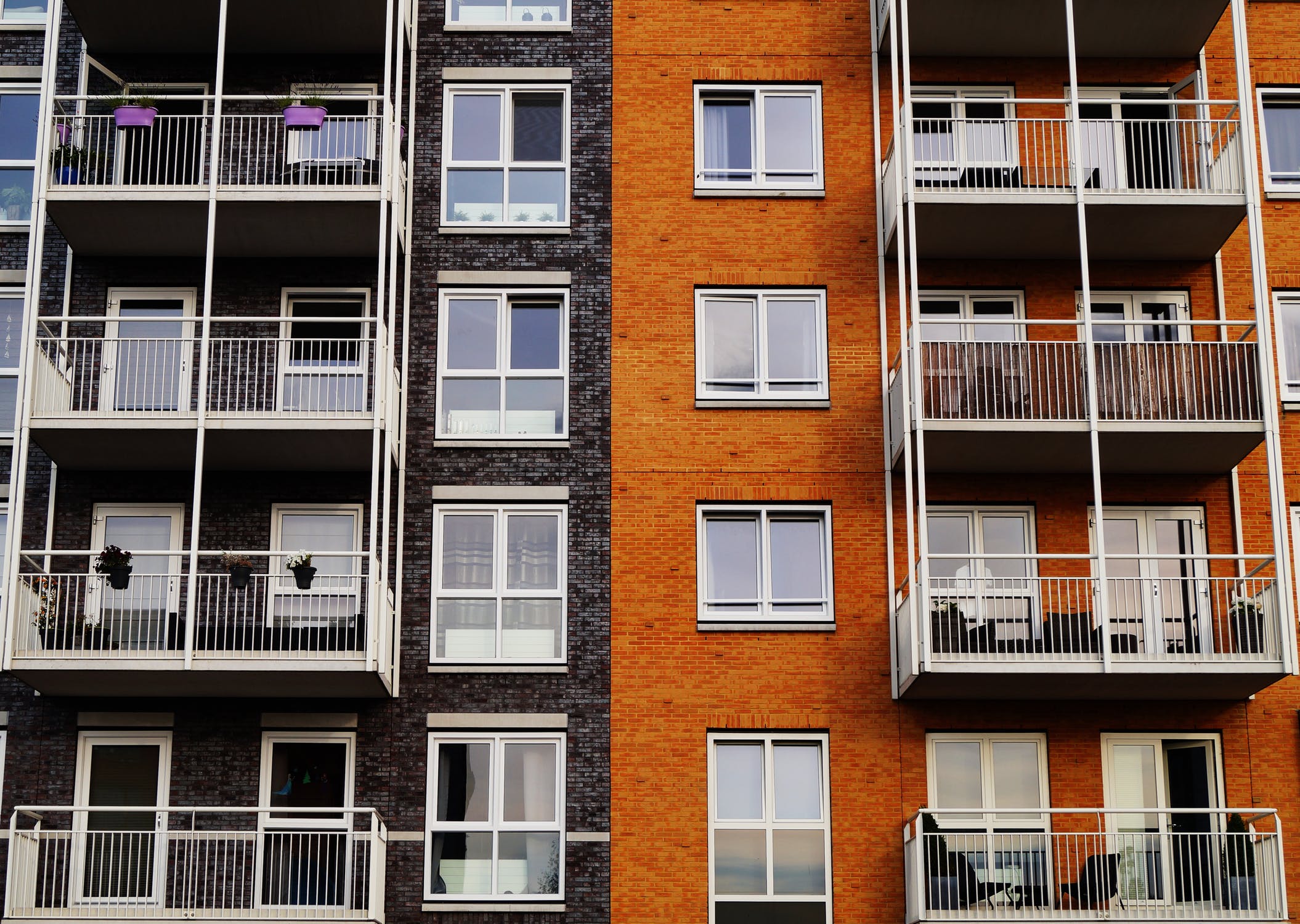The images of Rust Belt cities haunt and amaze: frame after frame of homes and businesses and factories, hollowed out and abandoned — some looking as if the occupants just stepped out for a minute.
They leave one thinking of a bygone era, when business boomed and these places thrived. They backslid because of deregulation and an uptick in foreign competition, not to mention a downturn in labor power and a failure of certain businesses to adapt to changing times.
With business failure came migration, as residents headed off in search of jobs. Left behind was a troubling tableau. Fortunately, it’s not a tableau that will last forever.
Business Insider predicts that the bottomed-out housing market in such Rust Belt Cities as Milwaukee, Chicago, Indianapolis, Detroit and Cleveland will make a comeback over the next 20 years. There is reason for cautious optimism in some smaller Midwestern cities as well.
For example: Gary, Ind., located 24 miles southeast of Chicago. Bolstered by the presence of a sizable U.S. Steel plant, the city was home to some 175,415 citizens in 1970, including 32,000 steelworkers. Now the population stands at less than 80,000, 4,000 of whom work in the steel industry, and only slightly over 1 percent of the population is young professionals.
As is the case with so many other Rust Belt cities, Gary’s landscape is pockmarked by abandoned properties. But, things are changing. An outside company, MaiaCo, has been empowered to combine parcels — many of which have liens against them — and market them to developers. Some $4.4 million in state funds has also been set aside to combat blight.
A new runway has been built at the city’s airport, and that, combined with the fact that Gary borders Lake Michigan (and has access to four of the nation’s busiest highways), makes it a logical transit hub. In line with that HMD Trucking announced plans in 2017 to build a $6 million depot, creating 500 jobs.
Youngstown, Ohio, is another city that has seen better days, going from a population of 170,000 to 66,000 as it too grappled with the demise of the steel industry. It has taken a smaller-is-better approach to revitalization, unveiling in 2005 a plan to promote the healthcare industry within its borders and in the most populated neighborhoods providing things like green spaces. Since the plan was implemented, only about 1,000 people have departed the city, far fewer than in previous decades.
Ian Beniston, director of the Youngstown Neighborhood Development Corporation, told citylab.com that his organization has been “embracing the shrinkage” since it was launched in 2009 to spearhead the effort to revive certain neighborhoods — that while there is no plan to build new housing or fix homes that are “extremely distressed,” there is an initiative to repair occupied homes and market those that are vacant.
Other cities’ plights go even further back yet their leadership has, through creative partnerships and innovative thinking, put the economy and neighborhoods on a positive track again. South Bend, Ind., saw its fortunes sag when Studebaker — one of America’s four largest automakers the first half of the 20th century — went out of business back in 1963.
The city boasted such “anchor” institutions as the University of Notre Dame and the Memorial Hospital of South Bend, but according to the Economist it wasn’t until recent years that UND, South Bend’s biggest employer, began partnering with the government to channel investment into the city.
It’s a successful partnership. Notre Dame developed Innovation Park, across the street from its campus, and joined with five public and private partners to build a turbomachinery facility in Ignition Park, which sits on the site of some of the former Studebaker plants.
The biggest success story, though, is Galena, Ill. Once a lead-mining center, the long-ago home of Civil War hero and U.S. President Ulysses S. Grant sagged when the steamship was supplanted by railroads as a major transportation mode in the late 19th century. It too shrank, from 12,000 inhabitants to 3,500, but it reinvented itself as a tourist destination — as “the outdoor museum of the Midwest.”
Today the town has more than a dozen live music venues and art galleries, a riverfront walkway that entices people to ride bikes and run, and the river itself offers the fun of fishing and boating.
The hillside mansions, built by steamboat captains and mine owners, have been refurbished and serve as a Victorian-era backdrop to mainstreet.
More than 80 percent of Galena’s buildings are on the National Register for Historic Places, and it attracts over 1 million visitors a year.
Its fellow Rust Belt brethren have hope for similar comebacks — that in the coming years new images will, finally, supplant the old haunting ones with lively, thriving, views of towns rejuvenated.





